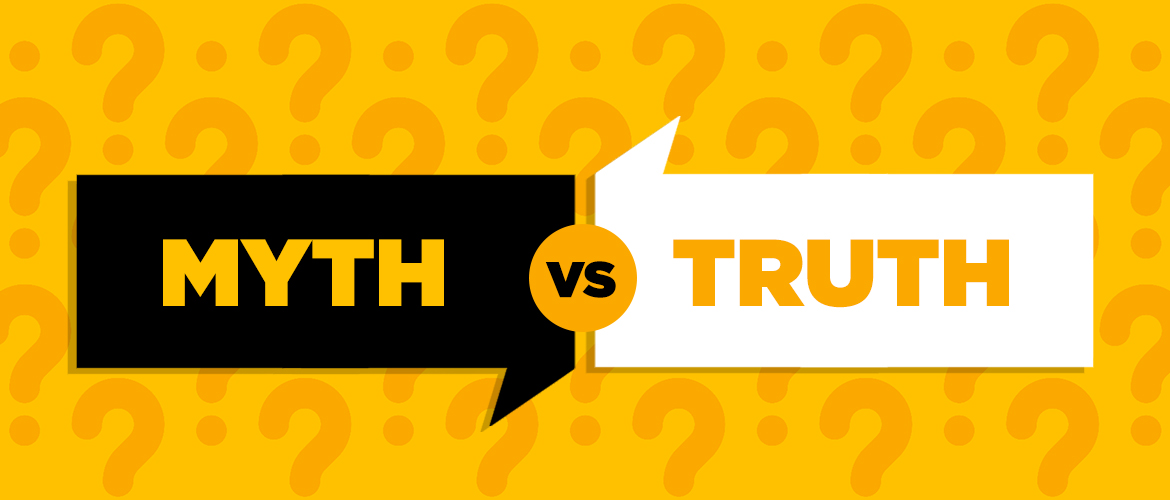 The fog and loose thinking continue about major gifts.
The fog and loose thinking continue about major gifts.
This is the last in my three-part series on myths surrounding major gifts. (Click for Part 1 and Part 2.) Today I focus on what Jeff and I hear many managers saying.
- It’s easy to start a major gift program – No, it isn’t. A good major gift program is a very complex strategy that involves getting the right talent, talking to the right donors, having the right back-office systems in place, having something for the MGO to present to donors and making sure the culture changes from a focus on dollars to a focus on donors. (Here’s an entire – and free – White Paper on the subject.)
- Major gifts delivers great economic value its first year – Actually, it takes a full year to get a good major gift program up and running, so you should not expect it to deliver any better value than a direct mail program in the first year. In fact, because of the up-front costs of a MGO, it may deliver LESS net revenue than a direct mail program.
- Major gifts success is not quantifiable – Nothing could be further from the truth. A major gift donor has specific data that can be tracked, measured and reported on. How that donor performs year over year is one of the key metrics we suggest you use.
- Only MGOs need to be involved with donors – Not really. The head of development can carry a small caseload. The CEO can as well.
- A MGO can easily handle more than 150 qualified donors on their caseload – Jeff and I hear this one all the time. In fact, we often see caseloads of 500 donors or more. We saw one caseload that had 1,291 donors on it!! Think about this – can one person really handle that many donors? Nope. One person cannot handle more than 150 qualified donors. There simply is not enough time in a day to do more than that. (Tweet it!)
- This money would have come in even if the MGO hadn’t been here – Yeow! This is one we hear all the time. And it is uttered because of pure ignorance. The fact is that most non-profits are losing value from the same donors at a rate of between 40-60% a year. We are not making this up. We have analyzed hundreds of donor files from organizations large and small, and we’ve found this to be a fact. So if the MGO were not relating to a donor who gave $1,000 last year, that same donor would be likely to give between $400-$600 this year. Whereas if that donor is relating to an MGO, the donor will most likely give the same amount or more this year – and if she does reduce her giving, she will give between $880-$940. No, it simply is NOT true that the money will come in if the MGO is not there. This is one of the most often-heard beliefs managers have about major gifts.
- Corporations and foundations are different; you don’t need to build relationships with people there – I don’t know who came up with this one. Think about it: a company or foundation has a personality just as an individual does. They have a set of values, passions and interests and things they care about. In a company, if there is not a formal Corporate Social Responsibility guideline in place, there IS an informal one. A CSR guideline is the corporate equivalent of an individual’s passions and interests – it states what they will support. Same with a foundation. They have a set of grant guidelines – these are passions and interests. And inside all of these institutions are people – people like you and me who care about and promote specific things, and with whom you can and should build a relationship. Yes, you do need to build relationships with people in a company and foundation. And you need to nurture that relationship and tell them that their giving is making a difference.
- You don’t need to give MGOs benchmarks or tell them they are doing a good job. They should know they are – Whoa! This one is a beauty. And we have heard this stated way too many times. This is the authority figure who believes that no one needs feedback. Of course, this person runs all of his or her relationships this way – icy cold, harsh, punitive and judgmental. That is why, if you look at those relationships, they are bruised and broken and not much good comes from them. MGOs may have an understanding of the performance criteria for their job, but they also need feedback, nurturing and encouragement. We all do.
There you have it. Management myths surrounding major gifts. Be on the lookout for them. And don’t let them affect you. That goes for all the myths I have talked about in this series. Keep focused on the donors, not the dollars, and steward those relationships.
Your caseload donors are very special and precious people who, like you, want to use their resources and time to do good on the planet. Keep that in mind, because that is what your work is about.
Richard
Read the whole series:
1. Donors & Donor Strategy
2. MGO Activity
3. Managing a Major Gift Program





Loved these Myths! As a new MGO/SDO it is important to hear them so that you don’t get caught up in what others – namely colleagues or even your Director says along these lines. Question: How many touch points is too many for a donor? So when I send out tax receipts or call a donor to see if I can hand deliver the receipt, I am wondering if I should be calling every time they donate or send a note in every tax receipt. I don’t want to overpower them with personal touches because I think that will become “impersonal” then.
I am sure there isn’t a magic number but I would love to get your take on this.
Thank you,
Carole Metron
Your Major Giving Academy was a real solid teaching tool. Because I just finished it , My mind is whirling. Some Upper management still believe a few myths that you mentioned (especially in today’s Part 3). As we go through many adjustments and new software here, I believe their minds will be more in line with the Truths you expressed.